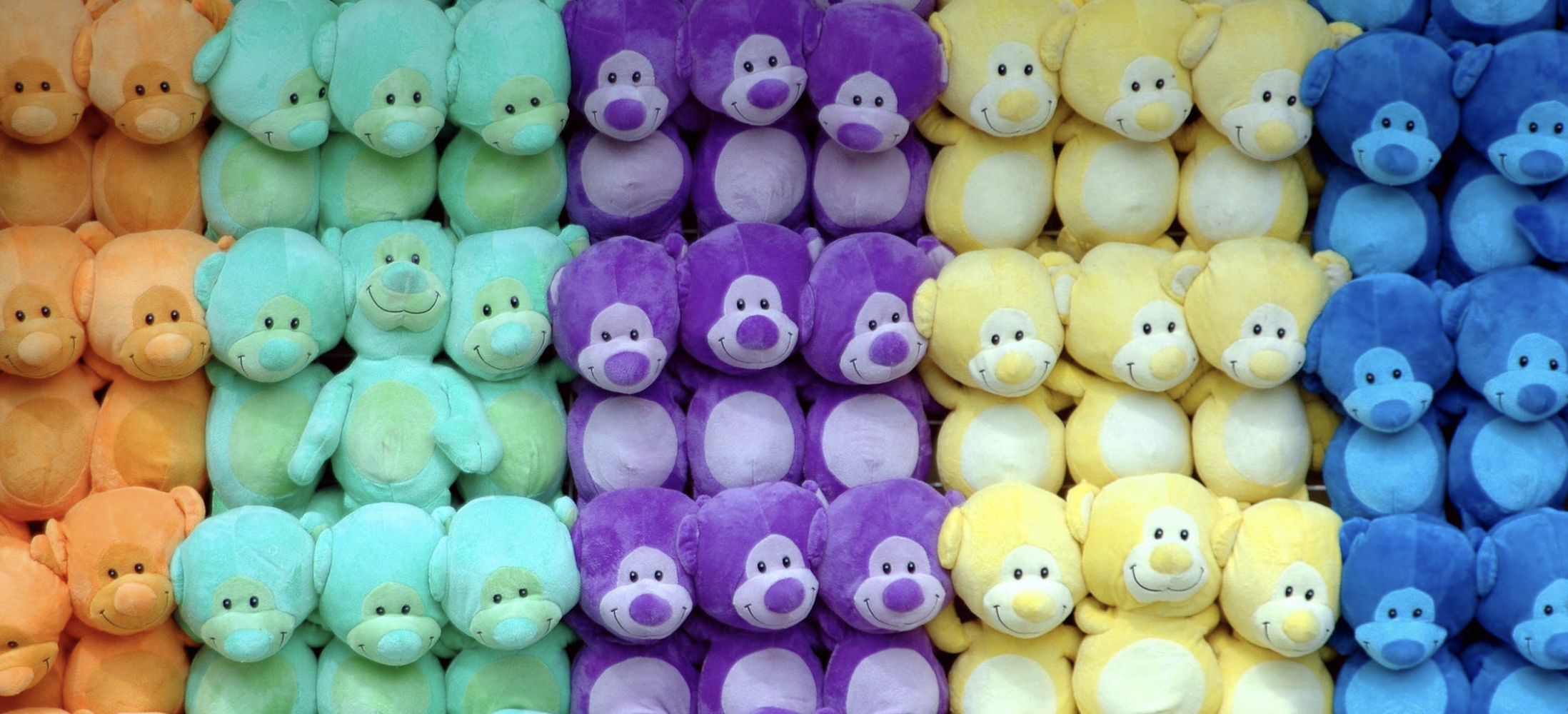Beanie and the Bored
In July of this year, Apple+ came out with ‘The Beanie Bubble’, a film showcasing the rise and fall of the famous ‘investment’ trend of the 90s: Beanie Babies.
It seemed like everyone and their uncle had a few of these lying around, and many believed the bean-filled plushies would skyrocket in value.
Spoiler alert: this never happened.
Interest in Beanies dried up, and with it, the money of those who had the misfortune of hoarding them as a retirement strategy.
If you believe that people have learned their lesson 30 years later, you would be greatly disappointed.
The same frenzied behavior continues with investments in the NFT market, specifically a product group known as BAYC, or >>‘Bored Ape Yacht Club’<<. These comically drawn ape NFT items sold for record digital art prices, the highest being for >>Ape #8117<<, which sold for a staggering $3.4 million. That’s impressive when you discover the initial sticker price of these NFTS: a lowly $190.
While some of these NFTs, in their fad period of 2021-2022, have made big bank, they’ve declined in popularity, as fads tend to do.
According to Yahoo! Finance, in July of 2023, the floor price of Bored Ape NFTs had >>decreased 88%<< from its April 2022 peak.
There is an inherent risk when it comes to investing, especially in ‘up-and-coming’ products or trends.
So, how can you protect yourself?
Consider the long-term, and above all – ask questions.
“Will this still be popular in 20 years?”
“What’s the track record of this investment?”
“Have I done the research?”
“What’s the worst-case scenario if it goes belly-up?”
Also, be wary of where the information is coming from. Ty Warner (the billionaire behind Beanie Babies) deliberately hyped the product and false scarcity to drive buyers.
Yes, investment fads come and go, creating winners and losers in their wake.
If you want financial advice that will stand the test of time, reach out to me for a 15-minute consultation at 330 836 7800 EXT. 1 or grab a spot in my >>online calendar.<<






